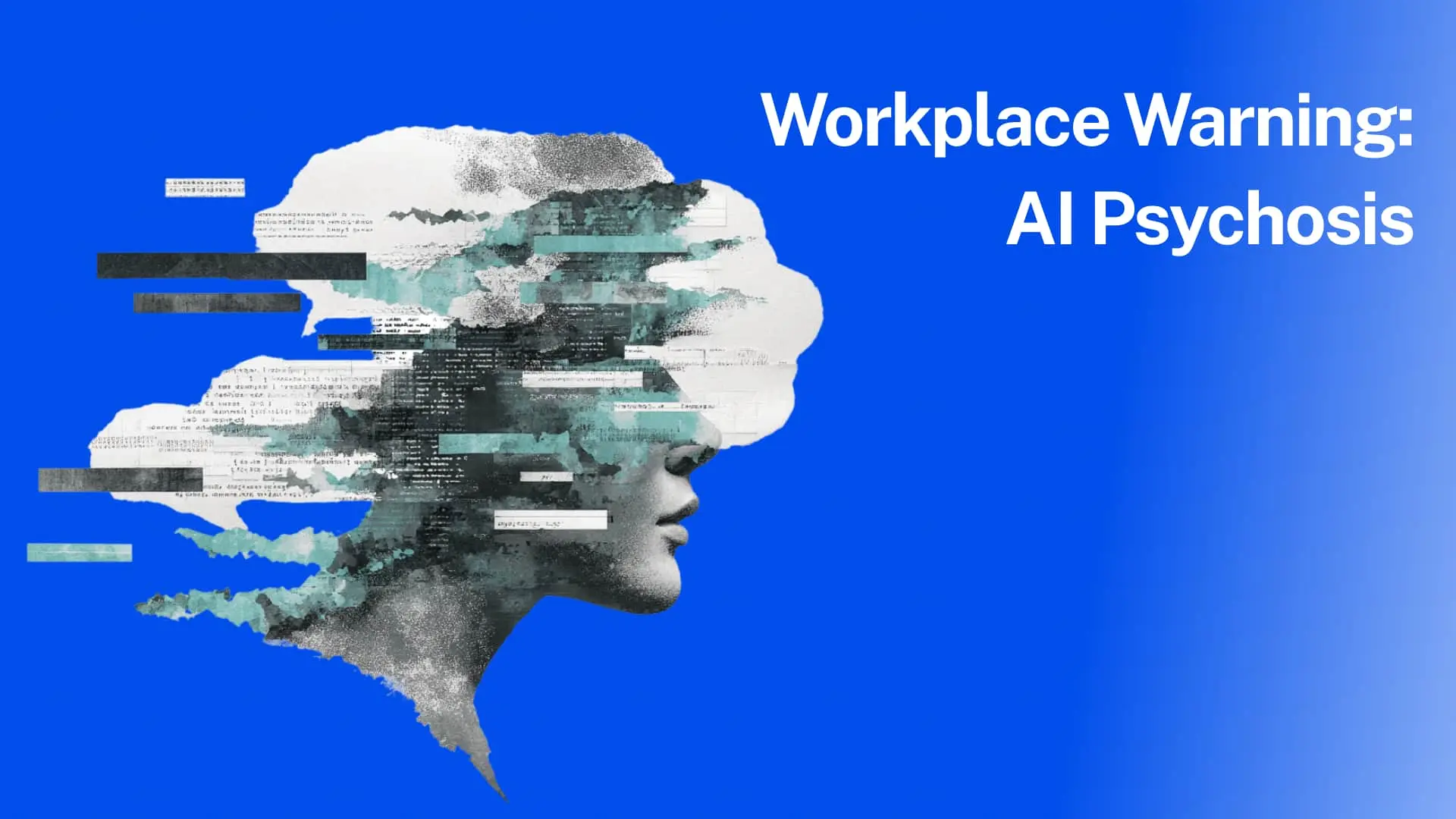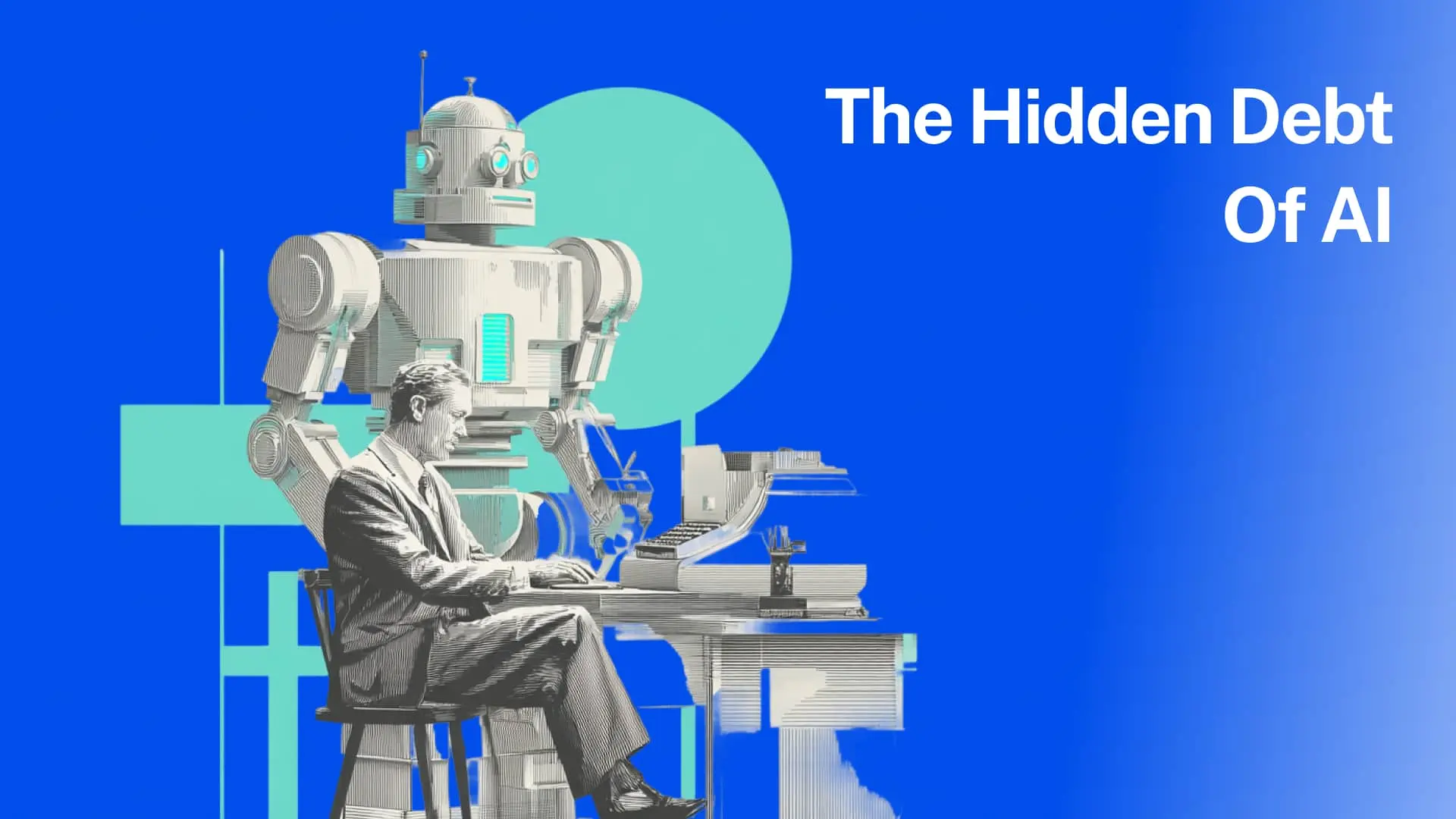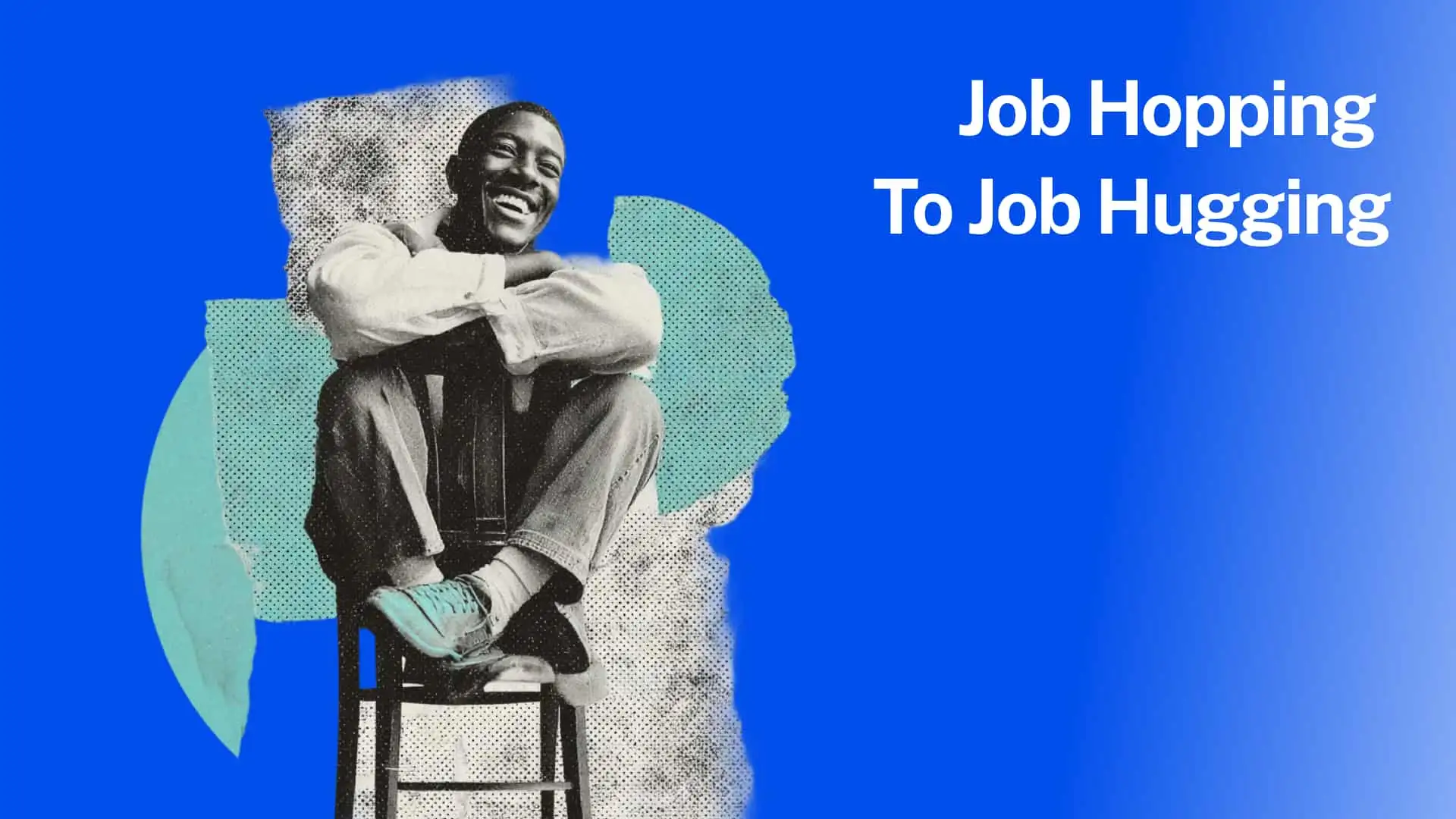As work is changing, so should the office, I wrote in my piece "2023 Trends: the Human-Centric Hybrid Office."
For knowledge workers who rely increasingly less on a physical space to get their work done, and with the increased productivity many are experiencing working from home, the role of an office needs radical rethinking.
I've frequently quoted the thinking of Corinne Murray, the CEO and founder of Agate, and a workplace experience strategist who pioneered initiatives at Gensler, RXR, and WeWork.
Recently, I had the pleasure of speaking with Corinne directly and asking her why and how companies should rethink the workplace, and work itself. Below is an edited version of that interview, which you can find on YouTube, Spotify, Apple Podcasts, and all other major podcasting platforms.
This week's newsletter is brought to you by Deel, helping companies onboard employees and contractors in minutes and pay them in 150+ countries. Dealing with a global remote workforce? Get a free consultation call, and join over 15,000 customers in 150+ countries. Talk to Deel today.
Corrine, you recently visited a university, and all of the students zeroed in on digital nomadism, AR, VR, a four-day workweek, and socializing at work, which seems like it made you believe there may be hope for the next generation.
What was really the most interesting to me is they were latching on to things that I think are still a little far out in terms of practicality, except a four-day workweek, seeing as there are pilots of that happening in England and Europe.
Clearly, where their heads were was a leapfrog from where we are today. There are a lot of practical issues with implementing digital nomadism when it comes to big organizations, let alone all the complications when it comes to taxes.
All these things are underneath the surface and not the first things most people think of. So it was interesting to see how they count those things as crucial to the future of work.
One student said that being in an office terrifies them and that they wanted to be a digital nomad. As a person who creates workplaces, I understand that we haven't done the best job of making them suitable for work. It's just been like, here's the box, we'll do what we can.
Older generations just seem to understand where these youngsters are coming from. Younger generations grew up online and even studied remotely during COVID. So when they come into the workforce, and people are talking about “the magic of in-person,” they must feel like, “What do you mean? I've been able to live my entire life without having to meet people in person.”
Different generations have such different perceptions, which organizations need to address. With your focus on workplace transformation, what other trends are you seeing right now?
Where I've been positioning my work, and I think this is where the industry and the subject matter keep getting tripped up, is that we're defining “workplace” too narrowly. We're defining the workplace as just the four walls where everyone goes rather than thinking through the entire digital ecosystem where people get work done.
What's the workplace that travels with you and is present whenever you open your laptop and have power and Wi-Fi? The trend I'm seeing is that we're not being expansive enough to define the workplace, which is how we’re getting stuck in the continued conversation of returning to the office.
Like you said, physical, like being proximate to one another, is so important. Plenty of research was done decades ago around strong and weak ties.
The relationships that you have with your immediate circle, your family, your close friends, all of those relationships have, by and large, strengthened through the past few years because your social network has really shrunk as we've needed to stay separate.
Up until this past year, much less travel. But strengthening those weak ties and figuring out how to do those in-person and virtually are crucial to business operations, how work gets done, and how people can innovate and create together.
We're seeing more people treat the “Workplace” as a product just like any other company puts consumer products on the market or B2B products on the market, their workplace, and their employee experience, and not just parties, food, and things like that.
From the moment you apply for a job to when you hand your badge in, what is the experience of working at any company? We're getting there. The progress on this kind of thinking is still much slower than I would like, but this is what I've been thinking about for the better part of a decade, so I have to be patient.
The workplace is a product, a service. Like anything else that we consume in life, it needs to be designed with intention, it needs to be designed thoughtfully, and it needs to be designed with the user in mind, the employee.
And now that I can open my laptop and work from anywhere, why is it all about this place that I would somehow have to go to? Where everything somehow magically better than anywhere else?
Exactly. The friction with the return to office is, at least in the U.S., mainly focused on getting people there rather than digging deeper and saying, while you're here, these activities are best supported by being together.
As an extension of activity-based working, we should focus on what types of work make the most sense to be physically together for. For example, workshops, creative brainstorming sessions, and anything that is generative tends to be most successful when you're in person.
But if you're doing heads-down work, as long as you're doing it and you're doing it well, it shouldn't the organization shouldn't mind.
Ensuring safety and information security, I would be more supportive of the return to the office if organizations discouraged a continuous stream of virtual meetings. When in the office, the purpose should be to connect with others in person rather than seeing them through a screen.
If we take a step back and consider what offices are good at, it brings people together.
But if you're there to do online meetings, and worse, there aren't enough rooms to do those meetings, I end up extremely frustrated. I'm sitting in my cubicle, and others overhear my calls, and it begs the question again: why would I be there? I don't think enough people think about it.
Organizations that want to be better, become more people-centric, and design something that actually fits with what employees want, what are some of the considerations that organizations would need to consider when it comes to developing a hybrid or remote-first workplace?
The first step is not exciting or flashy; it's auditing what exists. Organizations shy away from holding up a mirror and looking closely at what it's like to work, collaborate, or focus in the office or this organization.
Because if you're getting distracted by Slack messages or emails or have a whole series of back-to-back meetings where you don't even have time to get yourself food, let alone think, those are the low-hanging fruits. It's challenging, but you need to be brave and look at things unbiased and unforgivingly.
The next step is to go to your people and ask them what gets in their way. What causes friction?
Through my experience of doing pretty aggressive workplace transformations, I've learned that they can backfire when they are too big of a leap for the users. It was a good idea, but it wasn't applied well or just too much of an evolution from what the average user could stretch toward.
The easy trick I've just been doing is to let them tell me what's bothering them, what gets in their way. Usually, you'll be able to find a handful of pretty unanimous and universal frustrations. And those are the ones to tackle because those are the ones where you're going to get the easiest amount of buy-in.
If everyone is saying: I have no time to think, I have back-to-back meetings, I can't even meet with my manager until next week because their calendars are booked, that’s low-hanging fruit. That's what you can do. And everyone would be on board.
You focus on that, and you iterate because your first idea is good, but your second and third ideas will be even better once you have input and practical use.
Make sure that whatever you're creating is people-centered, and make sure that they are a part of the co-creation of solutions and keep it loose enough to be iterated and changed. When you learn more, you can say this is the right thing, but we need to change our approach to these aspects.
The easiest way to do change management, because embedded in every transformation is bringing everyone along with you, is to change things people can point at and say, yes, that bothers me.
In the US, post-2008, during the recession, there was a lot of densification, with offices being taken away and people being put into open-plan seating. It was lipstick on a pig, making as good of a case of a not-ideal situation strategy.
We're in a more advantageous position now of saying we're not necessarily doing that, but we're here actually to solve your problems, not the organization's problems. It's an interesting role reversal.
So listening to the employees is now something that, hopefully, organizations will get behind. We all know that the best products and services start from there: listening to the user, getting real insights, and then trying to solve that problem.
You spoke about the role of data and insights post-implementation. Can you share some examples or guidelines for measuring the right things and using that data meaningfully to improve the experience over time?
One of my more controversial opinions is that we overleverage quantitative data and don't know how to handle qualitative data as it should. Part of it is because qualitative data is very time-consuming. It's not monolithic and easy to sort through and tell a story, but we're in a moment where benchmarks do not exist.
I've been playing around with the Net Promoter Score but getting more specific about it. The problem with NPS is the question: “Would you recommend working at this company to a friend or someone you're close with?” That's how a lot of organizations score their own employee experience.
But it is such a vague question, it’s so subjective, and how it's answered is truly at the whim of how that person might feel that day. They could have got a ton of traffic on the way to work. They could have fought with a parent or a partner. Anything could have gone into their attitude in answering that question.
The goal of making the Net Promoter Score more specific is to say; we made these changes, does it work for you? Yes or no? So you can still be simple and binary, which counts as qualitative data because it's coming from people, but it is clean enough to be quantified.
Figuring out how to create binary questions will help indicate the directions that evolutions or future ideas need to go in. Creating a process out of qualitative data is the key to implementing data insights for this moment in time.
Interesting to think about capturing data when the experience happens, because there are so many things that can influence your rating. One of those is asking too late for a review or feedback when people have forgotten about that specific experience.
Your WeWork ex-colleague Tomer Sharon built this entire framework around measuring in the moment and putting the scoring buttons right there in the meeting room as you're exiting, resulting in data that are a lot more reliable.
There are organizations of different sizes, and there are different levels of budget and resources, but everyone can pick up the habit of just asking a few coworkers about how they've experienced something, getting a couple of insights.
Exactly. And what qualitative data struggles with is when we asked too broad a question. The more granular you can get, for example, how is this meeting, good or bad, the better. I'm sure a lot of people have used Teams, which does a better job than Zoom at asking how your meeting experience was, what was missing, or what was great.
Yes. Then you get data that are usable instead of filling our digital desk drawers with reports, analytics, and insights, that we don’t know what to do with.
One of the other interviews in this series is with Christie Hoffman from Pingboard. She often remarks that there's so much employee listening going on, but it stops at the listening, and then nothing happens, which then obviously makes people a lot less likely to fill in your next survey. Companies need to listen and act.
Another thing that comes up a lot in our conversations with organizations is that, as I like to say, they used the office as a crutch. Important things like culture, communication, and community happened by default. They didn't have to be designed. They didn't have to be organized.
But now, they have to be thoughtfully designed and orchestrated so that these things happen. What are you seeing? How are companies going about making sure that what was “great” about the office now happens when people are not in the office or less frequently?
The US is still attempting to use the office as a crutch, and there's still an attitude that this is the easiest way, the operative word being easy. Easy does not necessarily mean best.
Being together is crucial. I think figuring out how to socialize together, and how to create equity and trust amongst teams is crucial to getting work done.
But there are still a lot of leaders who say that their culture is the office, and that is the absolute wrong answer, partly because I come from the school of thought that culture is not something that's designed.
Culture is so high-flying that you can't touch it. The way you design your communications, the way you design your workplace, the way you design how your teams get stuff done, all of those things feed into the experience, and that collection of experiences is what tallies up to culture. There's a distance between culture and what actually happens on the ground.
The same goes for community. It can be challenging to design it, but you can encourage aspects of how community can get created.It's not necessarily a straight line to designing culture, or community, but creating the muscle memory of how companies and individuals can build those aspects of work.
A lot of organizations are still falling back on events. In 2022, Meta tried to draw people back to the office and had Lizzo perform. She’s a global superstar, and only a very small percentage of employees showed up. It’s a perfect example of how you can't just use will people to come back with nice-to-haves.
Like you said earlier, what's the why not? People can easily argue against being in the office and say, I still can do all of these things, even from home.
Companies are not there yet. They're still in the well. We're going to just put on the razzle-dazzle and try to bring you back with food and events and all these things that for the prior 15 years worked. If you go to any company's campus, I'm sure it is in the process of changing because of changing desires and changing demands.
They used to be just complete amenity playgrounds, So you could truly go to, you know, Google's or Facebook's campus with a bag of dirty laundry and it would be cleaned for you. You could go to a personal trainer, get your haircut,have three meals a day. It was like an unwritten storyline in the HBO show Silicon Valley – you could effectively live on a tech campus.
Then it got taken away through the pandemic, and now companies are trying to pander and say, you used to love this! But everyone says: yes, but I like my house better, my local coffee shop, seeing my kids' sports events in the afternoons, all these different things that completely flip the paradigm. And companies are still not totally ready to meet people where they are.
That genie is out of the bottle, and it's hard to go back – it’s what we're all experiencing. No one is against going to the office, it’s a misconception that employees want to work from their bedroom seven days a week.
Nick Bloom, the famous work-from-home professor, just released research that shows people do want to be in an office, or they do want to be out of the home. It just doesn't mean that they want to be back five days a week and, as you said, live their life on a campus.
What are some of the things you would advise companies as they look into this crazy future of work?
Picking up the return to office story, we need to ask what do we want them back for and why? We need to apply activity-based thinking to the return to the office.
Don’t say: “I want you here Tuesday through Thursday, or whatever the arrangement is, and the reason is that I've said so.” As we've been seeing, that's not not at all persuasive or enticing for workers.
Unfortunately, we're going to see more surveillance happen before we arrive at my idealistic point. Apple just released an announcement saying that they're going to start dinging employees if they don't show up to the office three times a week.
We're going to go through a little bit of a fire and brimstone phase before being really practical and tactical about when we want employees in the office. And, you know, maybe the Tuesday through Thursday still stands, but then we're also going to ask you not to schedule virtual meetings on those days and come into the office to brainstorm with your team who's there or, you know, get to.
We would host mentoring programs while we're there, or we'll have demo days if we're building things and we want to share with the organization. It's a different use of the office, which will remain relevant, but we need to be okay with the fact that the office does not serve all needs.
We must design what that looks like and be humble enough to be wrong.
A big rethink is necessary there, and the key word is intentionality and focusing on the person that has to use that space, and what they would use the office for. Again, the worst thing is to show up in an office, not see any of your favorite colleagues there on that day, and then just sit behind your screen doing Zoom calls.
Life is way too short to work like that.
Corinne, this was super, super helpful and insightful for anyone across any role in an organization.
To close, if there was one thing that you could communicate to the world what it is about the world of work or just the world in general, what would it be?
What we left in 2019 is not where we're headed. Accepting that and being brave enough to think about the possibilities and opportunities with that reality rather than the fear and complications that face it.
Everything is going to be complicated. That's just that's a given. We know this and then figure out what we can do with it.
Arthur Ashe, a famous tennis player, said “Start where you are.”
Use what you have, and do what you can. That's something I think about quite frequently.
It’s what we need to be leveraging is just we need to start and not move backward.
Thank you Corinne for joining and sharing your great insights.
Find Corinne on LinkedIn and on her company’s website Agate.Studio.





















